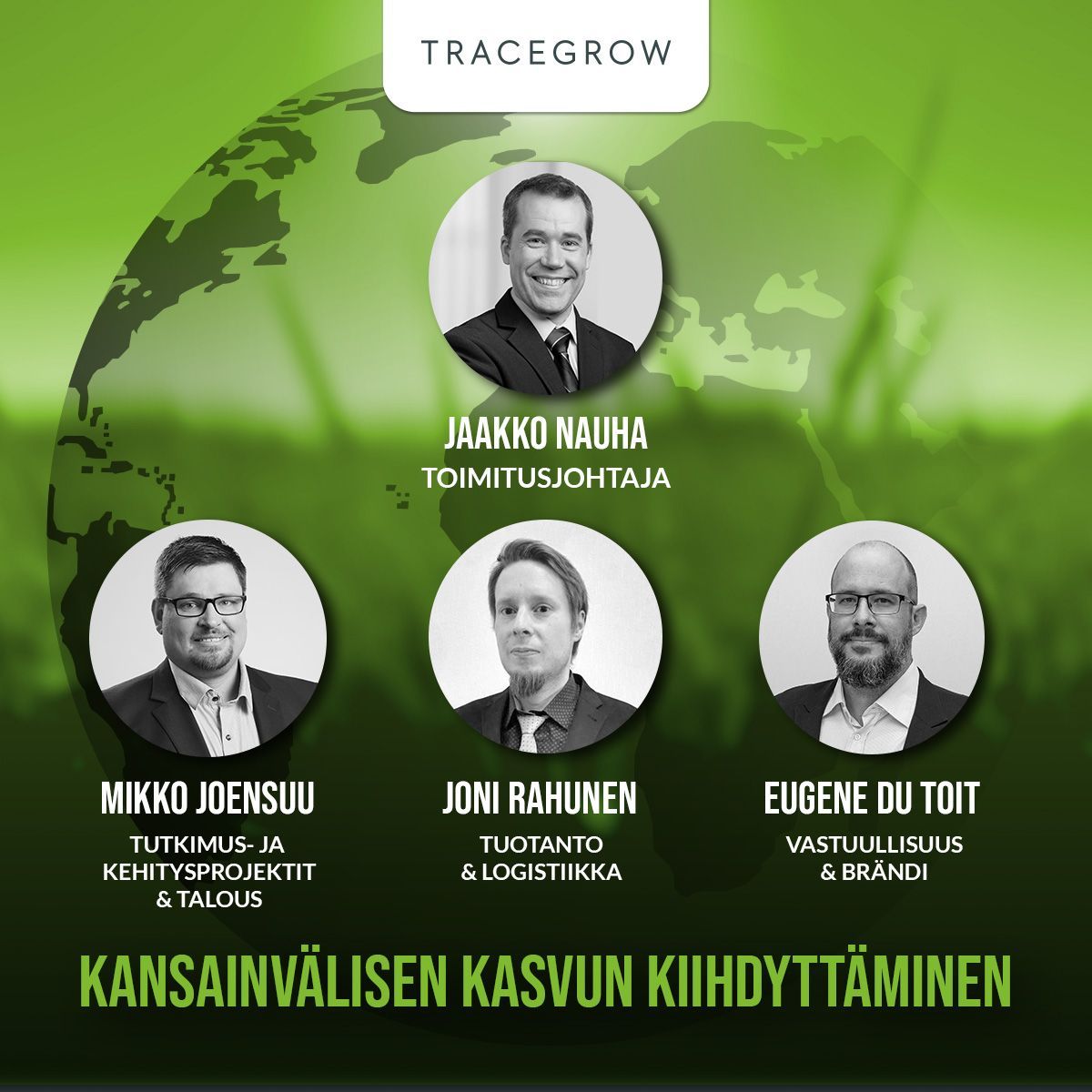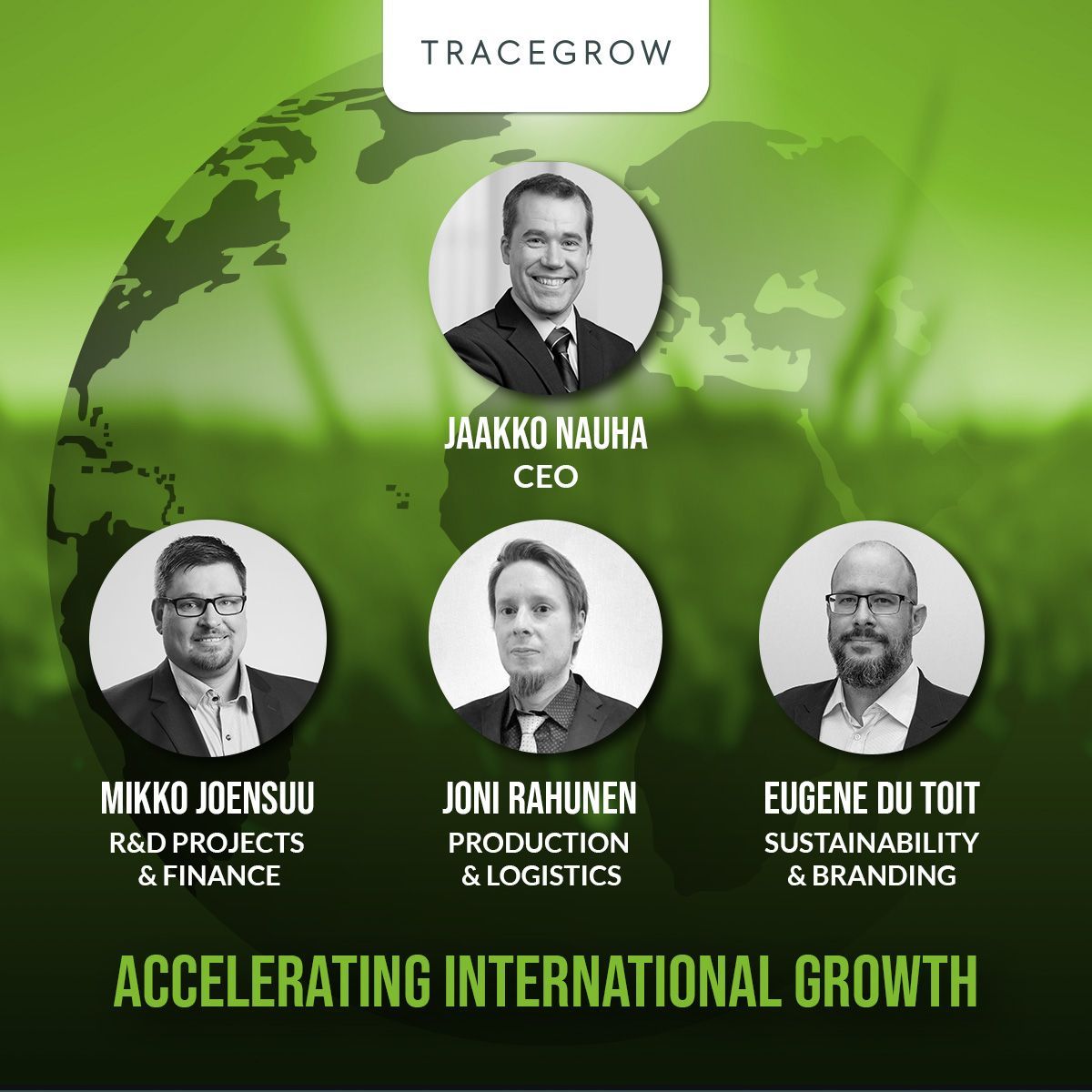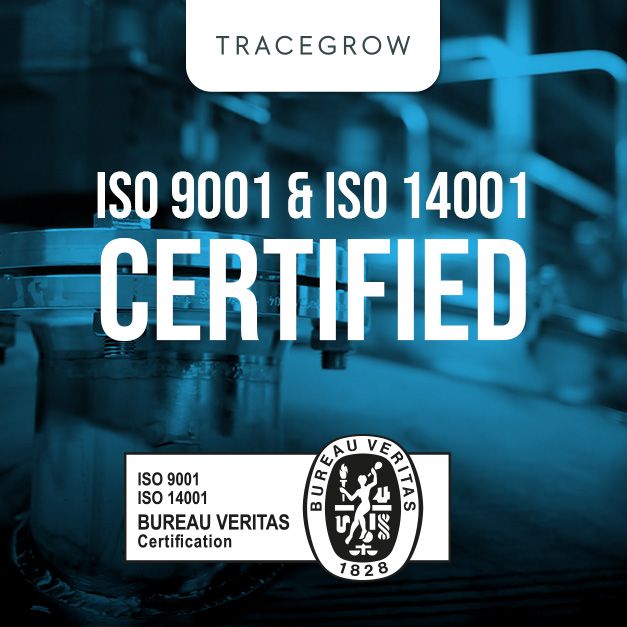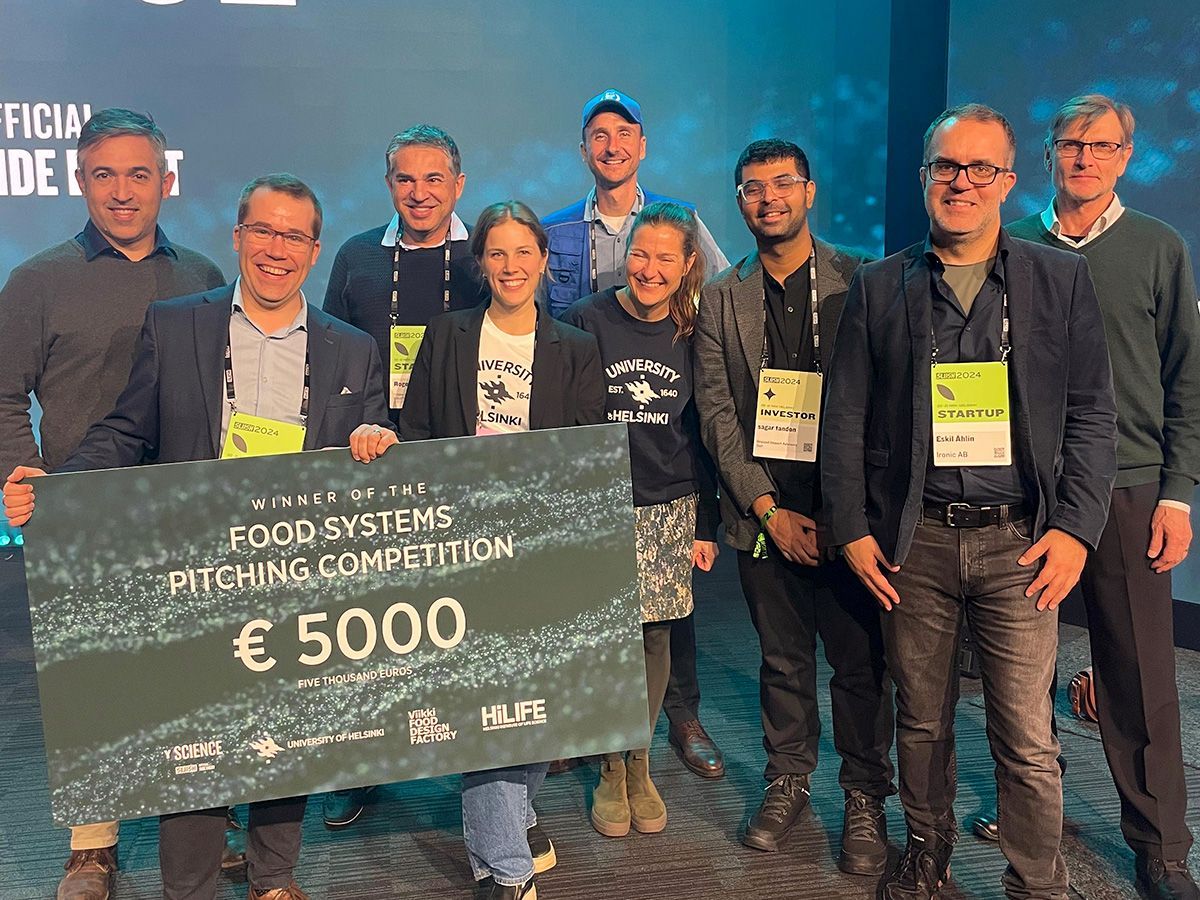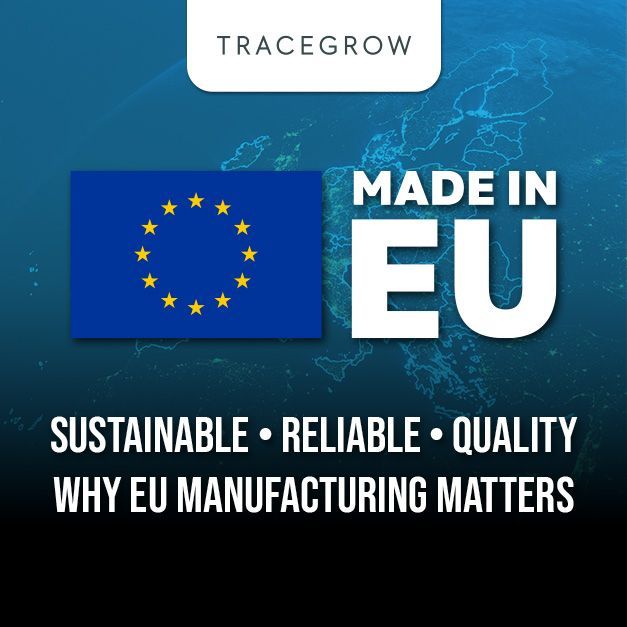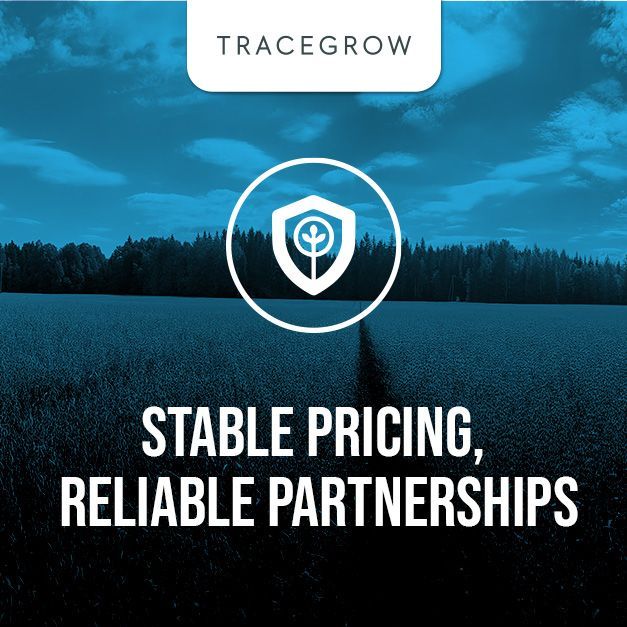Balancing Market Demand with Biodiversity
The Challenge of Biodiversity and going beyond mining

In today's rapidly evolving industrial landscape, the demand for metals like manganese and zinc continues to grow. These materials are crucial for manufacturing everything from smartphones to wind turbines. However, mining practices often come with significant environmental costs, particularly impacting biodiversity.
At Tracegrow, we are taking a different approach, one that prioritizes both resource recovery and environmental stewardship.
The Biodiversity Challenge in mining for resources
Mining operations, while essential for industrial development, pose several challenges to biodiversity:
- Habitat Fragmentation and Loss: Large-scale excavation and deforestation to access mineral deposits can result in the loss of habitats for countless species, leading to the displacement or extinction of local wildlife.
- Soil and Water Contamination: The extraction process may involve chemicals and heavy metals that can leach into soil and water bodies, potentially contaminating ecosystems and harming plant and animal life.
- Disruption of Ecosystem Services: Natural processes such as water purification, pollination, and soil fertility can be impacted by mining activities, affecting both biodiversity and human communities.
- Noise and Light Pollution: The noise and artificial light from mining operations can disturb the behavior of nocturnal animals and interfere with the natural rhythms of ecosystems.
Tracegrow's Innovative Solution: RETRACER Technology
At Tracegrow, we've developed RETRACER technology, an innovative approach to trace elements recovery that significantly reduces the need for new mining sites to meet market demand. By recycling already mined, valuable trace elements from used batteries and industrial sidestreams, we're offering a sustainable complement to traditional mining efforts.
Our approach provides several key benefits for biodiversity:
- Minimized Land Use: Our compact, efficient operations occupy substantially less land than traditional mines, preserving natural habitats and reducing disruption to local wildlife.
- Reduced Contamination Risk: Our processes use chemicals in a closed-loop system, decreasing the risk of soil and water contamination and safeguarding local ecosystems and water sources.
- Energy Efficiency: Our operations consume less energy than mining, contributing to a healthier global environment and indirectly benefiting biodiversity by mitigating climate change impacts.
- High Material Recovery: With very high yield rates, we ensure that almost all material is recovered and repurposed. This high efficiency minimizes waste and maximizes the use of available resources, aligning with sustainable production principles.
- Zero Wastewater and Flue Gases: Our recycling process generates no wastewater or flue gases, eliminating two major sources of environmental contamination. This ensures that local air and water quality are not compromised, providing a safer habitat for local wildlife and reducing the ecological footprint
Aligning with UN Global Sustainability Goals
Tracegrow's approach doesn't just benefit local ecosystems; it also aligns with several United Nations Sustainable Development Goals (SDGs):
- Clean Water and Sanitation (SDG 6)
- Responsible Consumption and Production (SDG 12)
- Climate Action (SDG 13)
- Life on Land (SDG 15)
These goals emphasize the importance of clean water, sustainable production, climate action, and the protection of terrestrial ecosystems—all of which are integral to Tracegrow's mission and operations. By supporting these goals, we are contributing to a broader global effort to protect and maintain our planet's biodiversity.
Our journey shows that it's possible to meet the growing demand for essential materials without compromising the natural world. By committing to biodiversity protection and supporting global sustainability goals, we're paving the way for a more responsible and sustainable future in metal recycling. Tracegrow demonstrates that sustainable solutions are viable and necessary to preserve the planet's precious biodiversity.
Together, we can drive innovation in our industry and ensure that economic progress goes hand in hand with environmental stewardship, making a greener, more sustainable future a reality.





